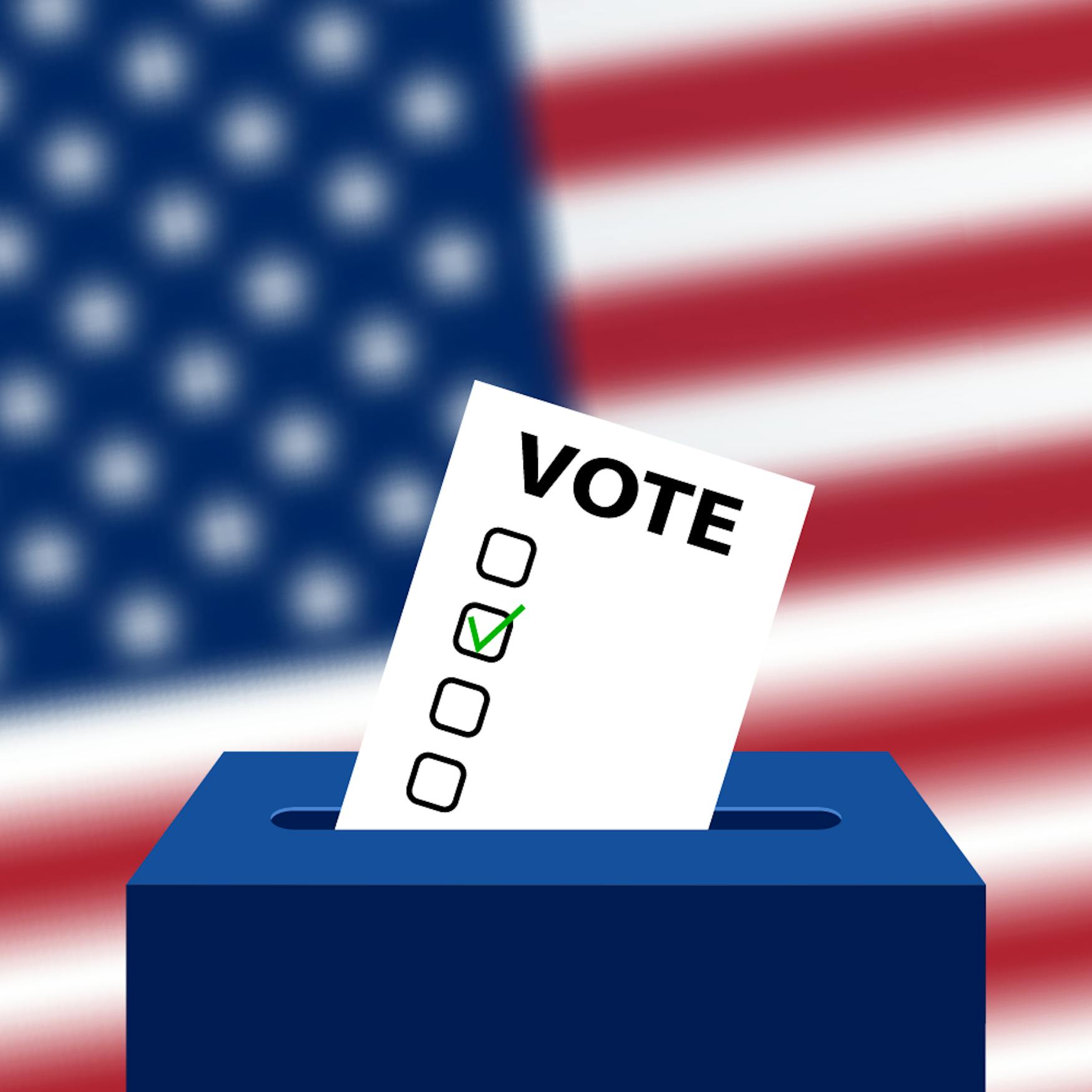Editorial: An informational guide to voting in the 2020 presidential election
As the 2020 presidential election approaches, questions about registration deadlines, mail-in voting requirements and other available forms of voting participation have become prevalent. With the number of COVID-19 cases rising, these concerns have been magnified as individuals around the country search for the safest way to participate in the voting process. This board would like to encourage all eligible individuals, particularly Brandeis students, to use available resources to facilitate their participation in this year’s presidential, state and local elections. Links to these resources can be found at the bottom of this article.
In Massachusetts, the voter registration deadline is Oct. 24. Any U.S. citizen who is at least 16 years of age and has a valid MA-issued ID can use the online Voter Registration System to register. Those who do not have a MA-issue ID must mail a paper form to their local election office prior to the deadline. A WCVB article reported that as of Oct. 16, 480,763 mail-in ballots had been received across the state. Per the Secretary of State’s website, “voting by mail is available to all voters for all elections in 2020. … You do not need an excuse to vote by mail this year.” Registered voters can submit their applications for mail-in ballots using a paper form or the Mail-in Ballot Application System. While the state recommends that residents register for this service by Oct. 20 to ensure ballots are received by Election Day, applications will be open until 5 p.m. on Oct. 28. Any ballot postmarked before Nov. 3 will be counted, as long as it is received by Nov. 6. Additionally, the early voting period in Massachusetts began this past weekend and will continue every weekend until Oct. 30, per a WCVB article. This year, in-person voting locations will also serve as drop-off locations for mail-in ballots.
This board would also like to emphasize that voting in state and local elections is just as crucial as voting in the presidential election. This year, each state’s ballot will have a unique set of candidates for positions ranging from state generals to open seats in Congress and/or state courts. For example, in this year’s Nov. 3 election, Massachusetts residents will be able to vote for a state senator in Congress, a representative in Congress and councilor for each of the nine districts, a representative for the general court in each district, a register of probate for each county and a number of other county-specific or state-wide positions. All of the candidates for each of these positions, as well as their party affiliations, can be found on the Secretary of State’s website. While voting for candidates in all of these positions might be overwhelming, the people chosen will have a significant influence on policy-making processes and general state outcomes. Although national elections get the most attention, state and local elections often have the most impact over your day-to-day life, and making informed voting decisions is crucial up and down the ballot.
For Brandeis students, several offices on campus, including VoteDeis and the library, can provide guidance and support for MA and non-MA residents in the registration and mailing process. This board acknowledges that voting this year might be difficult for college students, particularly those from outside of MA who are attending in-person classes, due to how differently each state has chosen to conduct their services. However, this board also urges all students to fight for their right to vote and to remember that each vote counts, especially in an election as important as this one.
This year, mail-in voting and absentee voting have been among the most popular forms of voting. According to an Oct. 13 CNN article, requests for mail-in and absentee ballots have increased substantially across the country, with over 22 million Americans having already submitted their ballots as of Oct. 16. Several states, including New York, New Hampshire and Massachusetts, have adopted new policies that make this form of voting more accessible by either automatically sending mail-in ballot applications to all voters, eliminating the need for an excuse to obtain an absentee ballot, or by relaxing deadlines and requirements. On the other hand, Indiana, Tennessee, Louisiana, Texas and Mississippi have maintained policies from previous years and have deemed fears of getting COVID-19 an invalid excuse to vote by mail, limiting the ways in which at-risk populations can participate.
Concerns over mail-in voting have been further amplified by budget cuts made earlier this year to the U.S. Postal Service and unsubstantiated claims made by President Trump regarding the rates of fraudulent voting in mail-in ballots. Per Amber McReynolds, the CEO of the National Vote at Home Institute, and Charles Stewart, the MIT Election Data and Science Lab director, there is no evidence that voting by mail increases rates of voter fraud. In fact, over the past 20 years, fraud rates have averaged out to “about one case per state every six or seven years, or a fraud rate of 0.000006%,” a June 4 NPR article explained. This board urges all those who are concerned about this issue to look into their state’s policies and spend some time analyzing national data from previous elections to better understand if mail-in or absentee voting might be a good option for them.
This board would like to provide all individuals with the following resources in the hopes that it helps them navigate the election and voting process:
Voter registration deadlines for each state
General voting information for each state
Mail-in voting deadlines and requirements for each state



Please note All comments are eligible for publication in The Justice.